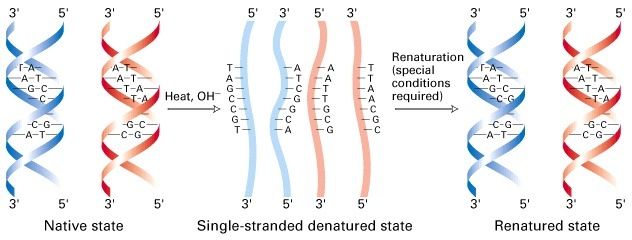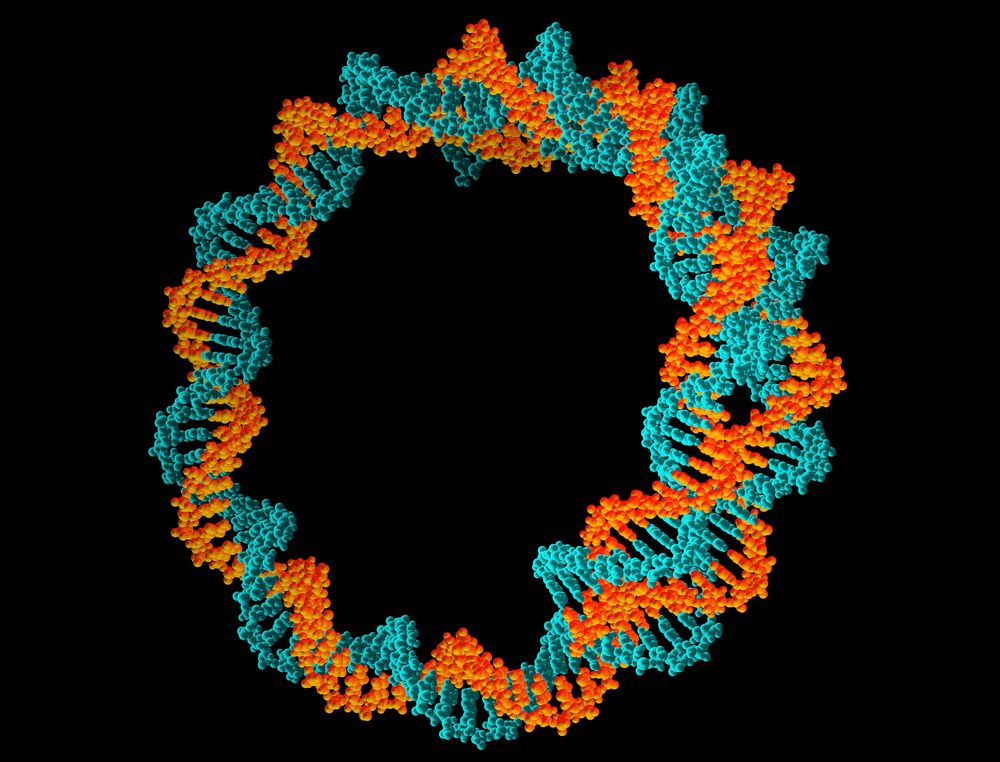Plasmid Isolation 101: Why add Glacial Acetic Acid?
Introduction:
Acetic acid, often in its concentrated form known as glacial acetic acid, is a key component in plasmid isolation protocols from Escherichia coli (E. coli). It serves a critical role in the renaturation of denatured DNA, particularly plasmid DNA, following the denaturation step with a strong base such as sodium hydroxide (NaOH). Let's explore why glacial acetic acid is added to the isolation medium and how it facilitates the renaturation of DNA.
Acidic Medium and Renaturation:
Acetic acid provides the necessary acidic conditions required for the renaturation of denatured DNA molecules. DNA is denatured in the previous step of the isolation process by the addition of a strong base like NaOH, which disrupts the hydrogen bonds between complementary DNA strands, resulting in the separation of the double helix into single strands. However, renaturation is essential to restore the double-stranded structure of DNA.

Renaturation of Plasmid DNA:
Plasmid DNA renatures more easily than genomic DNA due to its smaller size and catenated structure. Plasmids are typically smaller than genomic DNA molecules and are intertwined or linked together. This catenated structure enables plasmid DNA to reanneal more readily during renaturation, facilitating the restoration of double-stranded DNA molecules.

Incubation Time Consideration:
Although glacial acetic acid aids in the renaturation process, it's crucial to exercise caution with the duration of incubation. Prolonged exposure to acetic acid can lead to the renaturation of genomic DNA, potentially interfering with the isolation of plasmids. Therefore, incubation with glacial acetic acid should not exceed 15 minutes to prevent unwanted renaturation of genomic DNA molecules.
Differential Renaturation and Plasmid Isolation:
The ability of plasmid DNA to renature more readily than genomic DNA is instrumental in the plasmid isolation process. During the subsequent steps of the isolation protocol, such as precipitation or chromatography, plasmid DNA molecules are selectively separated from genomic DNA based on their differential renaturation kinetics. This ensures the purification of plasmid DNA free from genomic DNA contamination, crucial for downstream applications in molecular biology.
Conclusion:
In summary, glacial acetic acid plays a vital role in plasmid isolation from E. coli by providing the acidic conditions necessary for the renaturation of denatured DNA molecules. Plasmid DNA renatures more easily than genomic DNA due to its smaller size and catenated structure, allowing for efficient restoration of double-stranded DNA. However, careful attention to incubation time is essential to prevent unwanted renaturation of genomic DNA. The ability to differentially renature plasmid DNA is crucial for the successful isolation and purification of plasmids, ensuring their suitability for various molecular biology applications.


